What’s better than a gun for dominating the Bolt Action tabletop? A really big gun, of course! No Bolt Action army is complete without some kind of high-calibre death dealer, but choosing the right artillery piece can be a crucial component of building a truly deadly army list. As with many things in Bolt Action, you can quickly find yourself spoilt for choice, and unsure of what to go for. Fear not – let’s take an analytical look at the available options and work out what we should go for.
To give some context to the situation, let’s imagine we’re constructing a hypothetical German force for a tournament. We won’t go too in-depth, but let’s imagine we’ve already spent 800 of our 1,000 points, giving us a current total of 10 Order Dice. We’ll work through the three categories of artillery in order, and broadly outline the pros and cons of each, as well as looking at some noteworthy specific units.
Field Artillery
We’ll start with the ‘traditional’ artillery – howitzers of the light, medium, and heavy variety, capable of lobbing indirect-fire templates around the table. Light and heavy howitzers are absolute staples of the Bolt Action scene, the former for its low points cost, and the latter for its sheer destructive power (who doesn’t like removing entire squads of Veterans in a single strike?), and both would make fine additions to our force. The light howitzer would leave us enough points to get a fair few more Order Dice into our hypothetical list, but would make it a little light on firepower which would need to be addressed with those leftover points. On the other hand, the heavy version would leave us only 75 points left to add more Order Dice and address any weaknesses the army might have, while giving us a really, really big stick with which to threaten the enemy. If only there was some kind of ‘happy medium’ between the two… oh, wait! The medium howitzer strikes a nice balance of firepower and cost-efficiency at 85 points for a Regular with a Spotter, and while it doesn’t quite have the ‘fear factor’ of its larger cousin, it’s definitely something your opponent will have to respect! For the Fallschirmjäger players out there, the recoilless rifles offer an interesting wrinkle, serving as howitzers, albeit with smaller crews and without the benefit of spotters. I tend to like a good old-fashioned medium howitzer in my armies, as they’re solid and dependable without costing too many points.
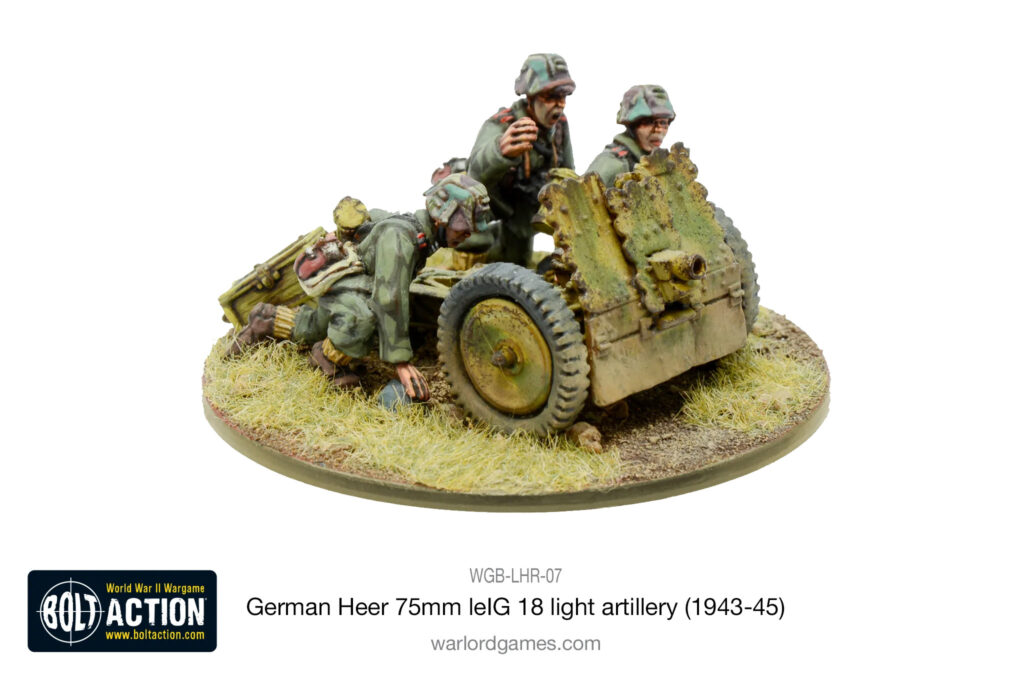
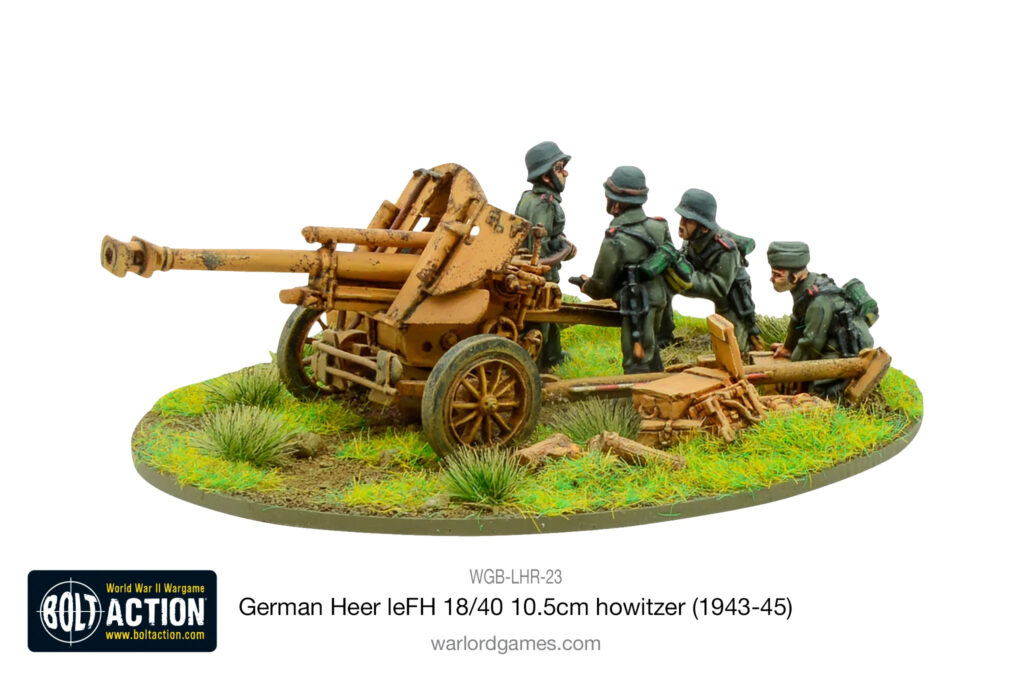
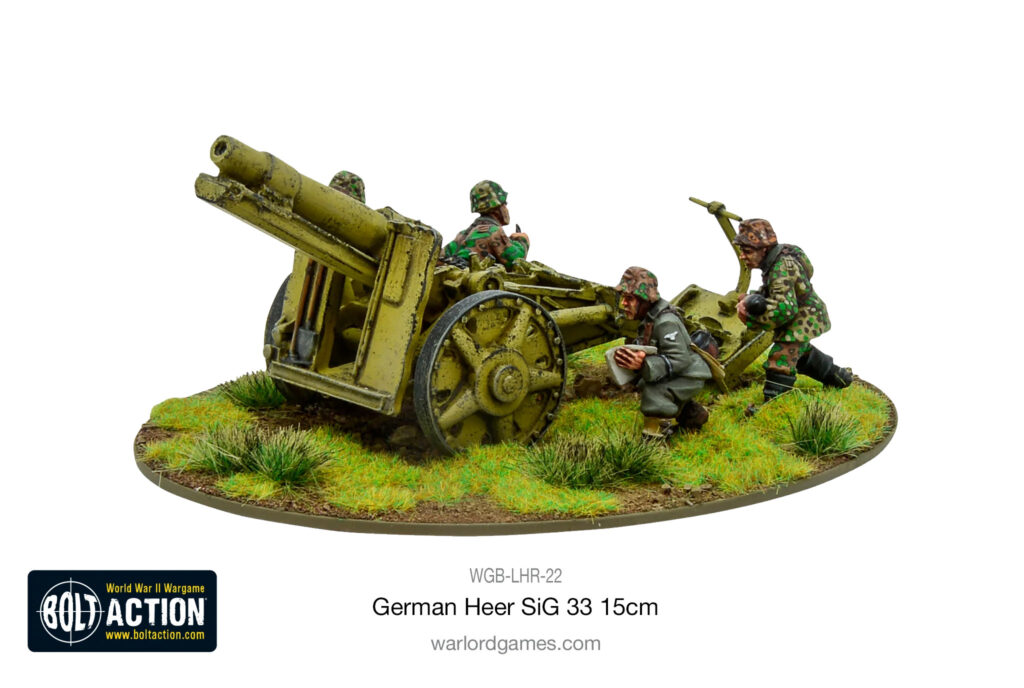
Anti-tank Guns
The next major category of artillery available to us is anti-tank guns. These do pretty much what they say on the tin, and specialise in taking out armoured vehicles of all kinds, but they also have a direct-fire high explosive capability which comes in handy surprisingly often. For competitive play, in my experience, light and medium AT guns tend to be overshadowed by their howitzer counterparts, but the heavy and fearsome super-heavy types can find a place in many army lists, particularly if your indirect fire needs are already covered by mortars. While their direct-fire-only role means positioning is especially important, when well-emplaced they can cover vast swathes of the board, and present a significant threat to anything that finds itself in their sights. Ambush orders also come into play here, creating ‘no-go zones’ of the board where your opponent will rightfully fear to send units. At 110 points for Regular, a PaK 40 sits nicely in our hypothetical list while giving us leftover points for a small unit or two, and if we want to really push the boat out, the super-heavy PaK 43 is only 30 points more and gives the list the capability to deal with even the heaviest enemy vehicles in a single shot. For my money, with anti-tank weaponry, you should be thinking ‘go big or go home’, so the PaK 43 or even the dreaded ’88’ (more on that later) are my weapons of choice.
Anti-Aircraft Guns
The third common type of artillery for us to encounter (before we get onto the funky stuff) is anti-aircraft artillery (AAA). These rapid-firing autocannons can seriously ruin the day of any infantry or soft-skinned vehicles they encounter (as well as deter enemy air strikes), and Armies of Germany gives us three great options (plus many, many more on various vehicle mounts!). The 2cm Flak 38 gives us a single light autocannon for a mere 50 points at Regular, and is a great budget option, especially if your HE and anti-tank options are already covered by your armoured vehicle choices. For those in need of even more firepower, the Flakvierling 38 mounts four of the aforementioned weapons on a single platform, and can absolutely decimate infantry. At 140 points at Regular with an added gun shield it’s not cheap, but can wreak havoc when well-placed. If you want the extra punch of a heavy autocannon, the 37mm Flak 36 is a solid choice, and not too heavy on the points. With the increased penetration value it can handle some of your anti-armour work, as well as being ideal for dealing with any pesky Veteran units lurking around. When I take autocannons, I like to go all-out, so my personal pick here is the Flakvierling.
Special Mentions
Now we’ll get to the ‘big daddy’ of the army book, one of the most (in)famous guns of the Second World War. Of course, I’m talking about the 88mm Flak 36 – the German ‘88’! At 170 points for a Regular with a Spotter, it’s the vast majority of our notional 200 points, but it brings a lot to the table. Able to serve as an anti-aircraft gun (as originally designed), super-heavy anti-tank gun, and medium howitzer all in one, it really is a great all-rounder. It will certainly attract a lot of enemy attention, but the 7-man crew can keep it in operation far longer than most other guns, and it’s a threat to absolutely everything on the table. It’s also a bona fide German classic, and the cornerstone of many a list!
Finally, no discussion about German artillery would be complete without the legendary Nebelwerfer multiple launchers. At 42 points for an Inexperienced Howling Cow, you might be wondering what all the fuss is about. Believe me, once you start rolling some sixes, you’ll soon see! Wildly inconsistent, fragile, and unreliable, multiple launchers aren’t something you can build a strategy around, but when they work, they can obliterate multiple units in a single shot and throw your opponent’s plans into disarray. If you’ve already covered your anti-armour with a tank of your own, a multiple launcher can be a great wildcard addition to your army, and if you’re one of that rare breed of people who can roll consistent sixes, you might even delete a unit or two with it! While my dice-rolling abilities are dubious, I do love my Nebelwerfer!
Summing Up
Selecting the right artillery piece is a crucial component of building a competitive Bolt Action list – fortunately, there are options to suit any situation and points budget. Having looked at all the options, the hardest part is just choosing one!
Now, get the spotters out, and start ranging in!
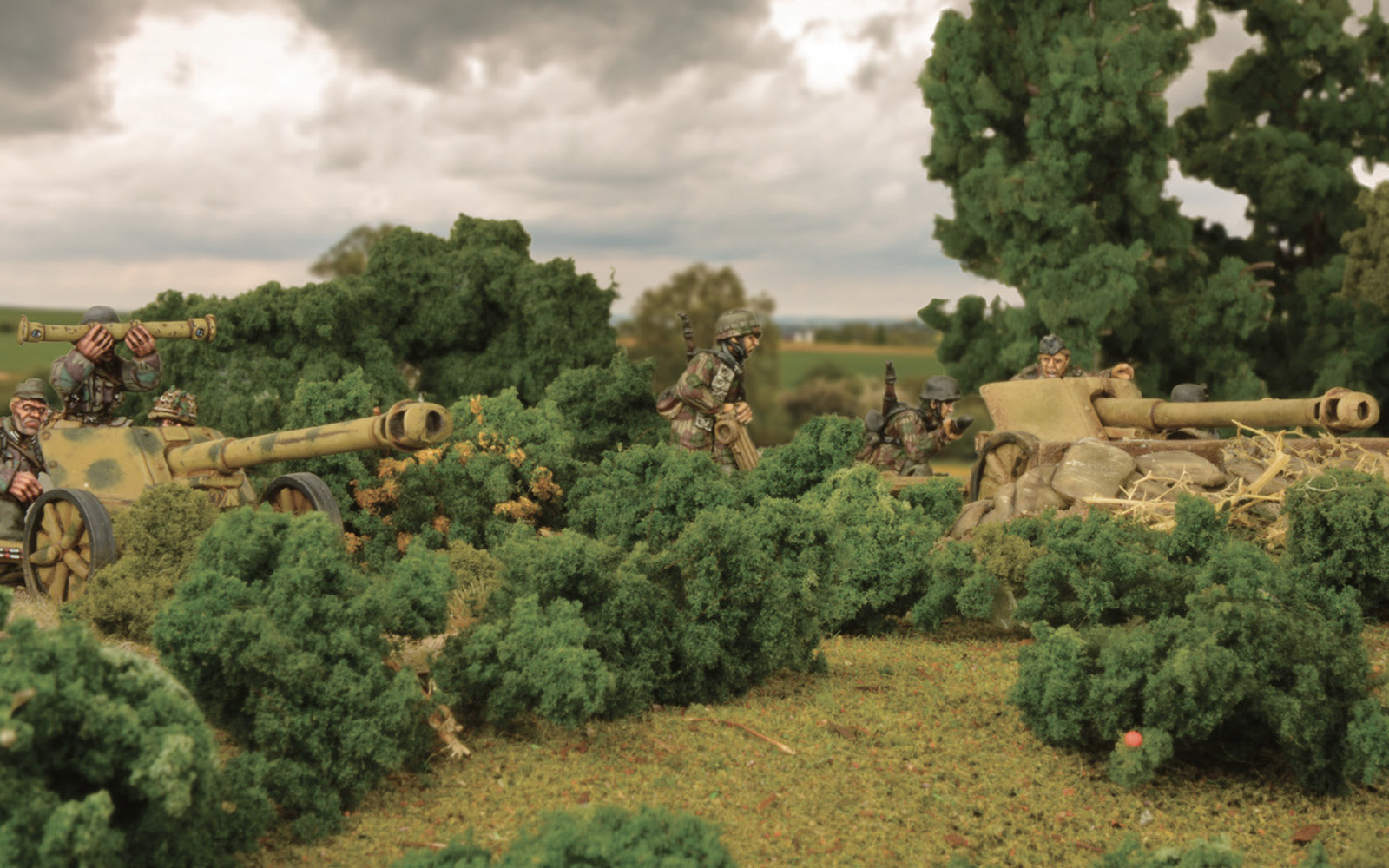
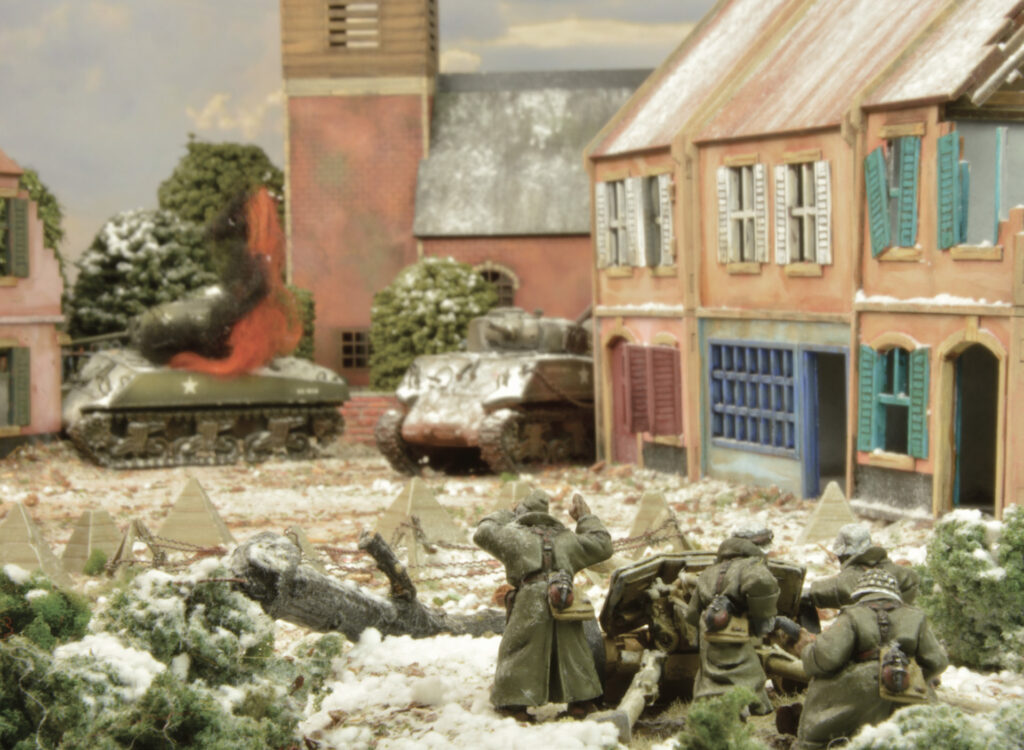
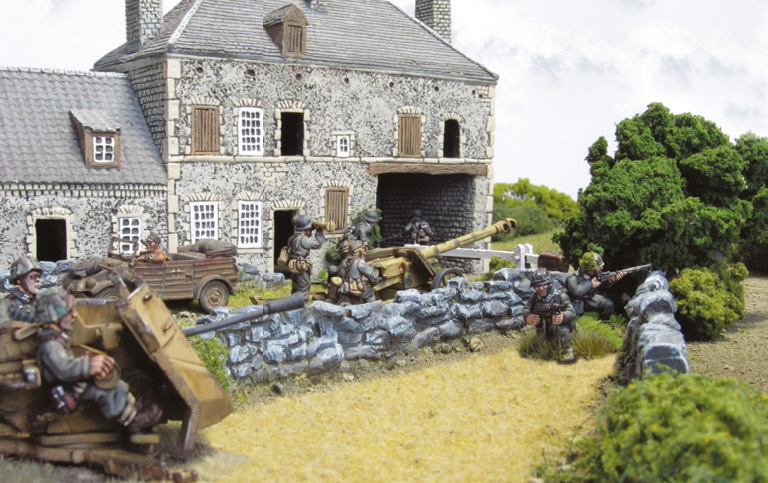
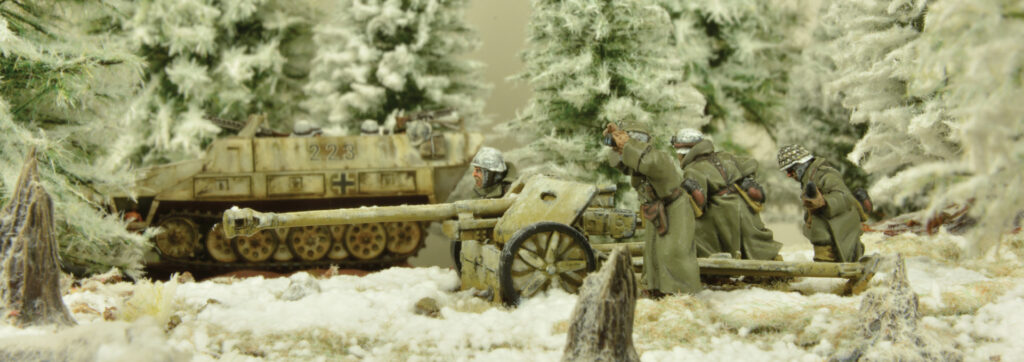
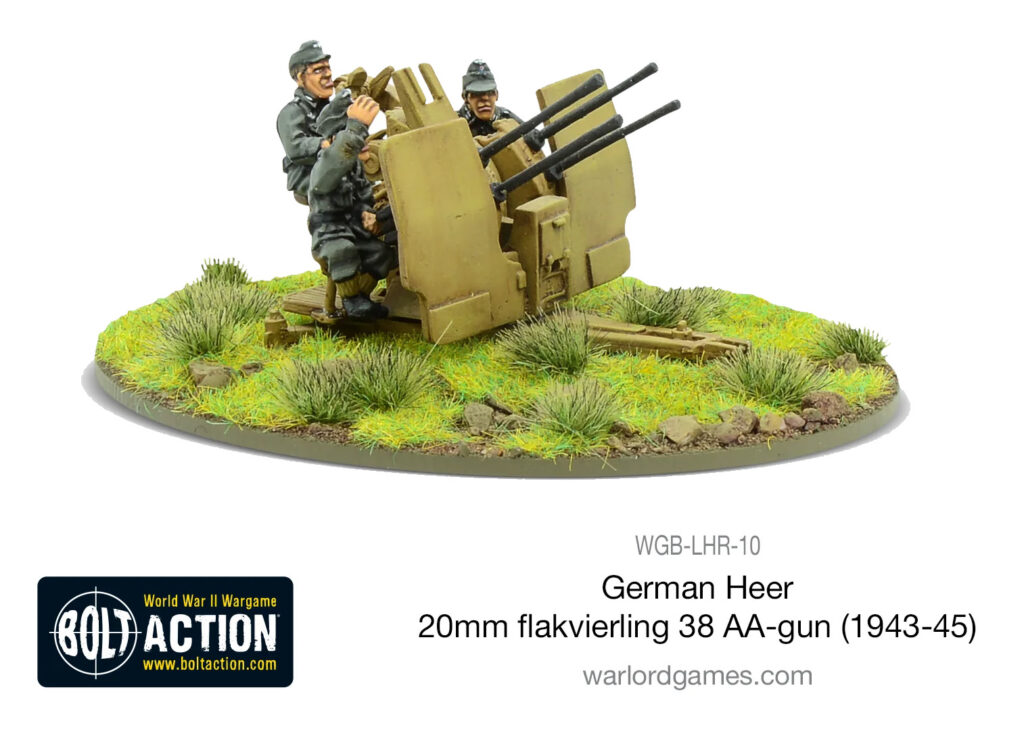
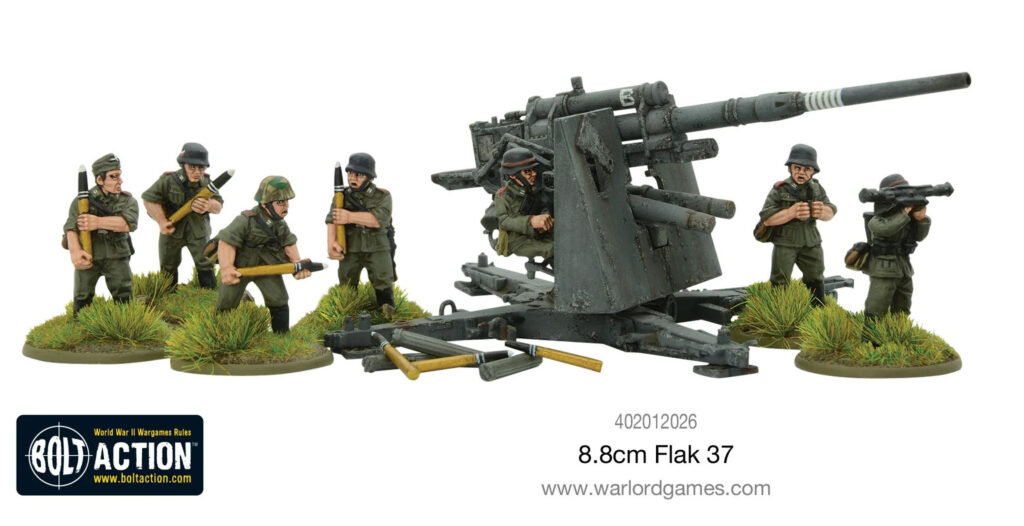
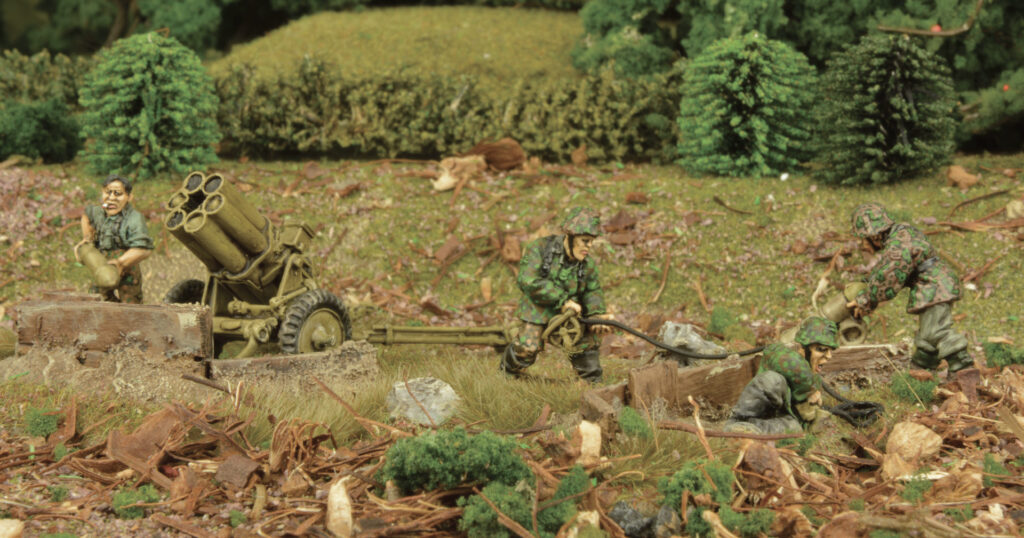
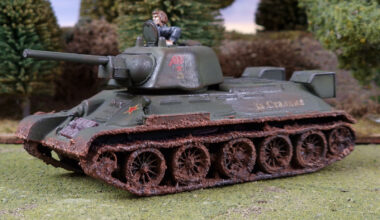
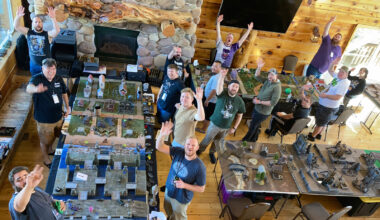
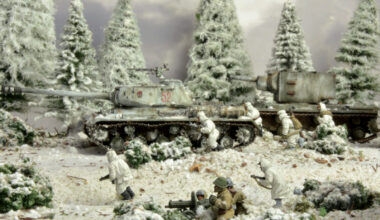
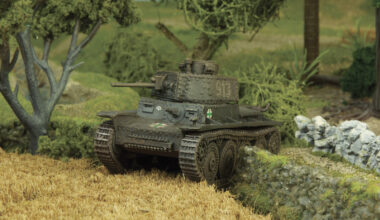
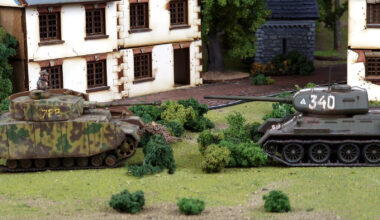
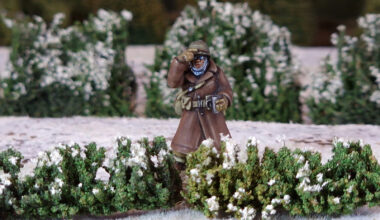
4 comments
Shame it’s only the Germans that got a mention.
The brits had some brilliant field artillery and anti-tank pieces.
I know. Of all the armies that benefit from Artillery, France has the best benefit, being able to field two artillery pieces (forward arty doctrine from armies of france and the allies). Why were they not mentioned? I know my beloved USMC gets little love in print with regards to the game, and the only artillery piece that makes sense to field is the light howitzer (75 mm pack howitzer).
All these articles on tournament play concern me….
I seriously hope Warlord aren’t going to take Bolt Action down the path GW have with 40k, focusing it too much on tournament play and invariably ruining the game with arguably the worst edition to date.
I like Bolt Action, I’d rather not see it get ruined by Try-hards like 40k has been.
Brilliant article and definitely gives any new player food for thought. Only issue I find with fixed units is the balance between risk / reward, how much do you spend to make a good return. Often I’ve found that they do nothing for a few games and then one you finally hit something, making you believe you have cracked it, to go a few more games with nothing hit. God I love Bolt Action
Comments are closed.